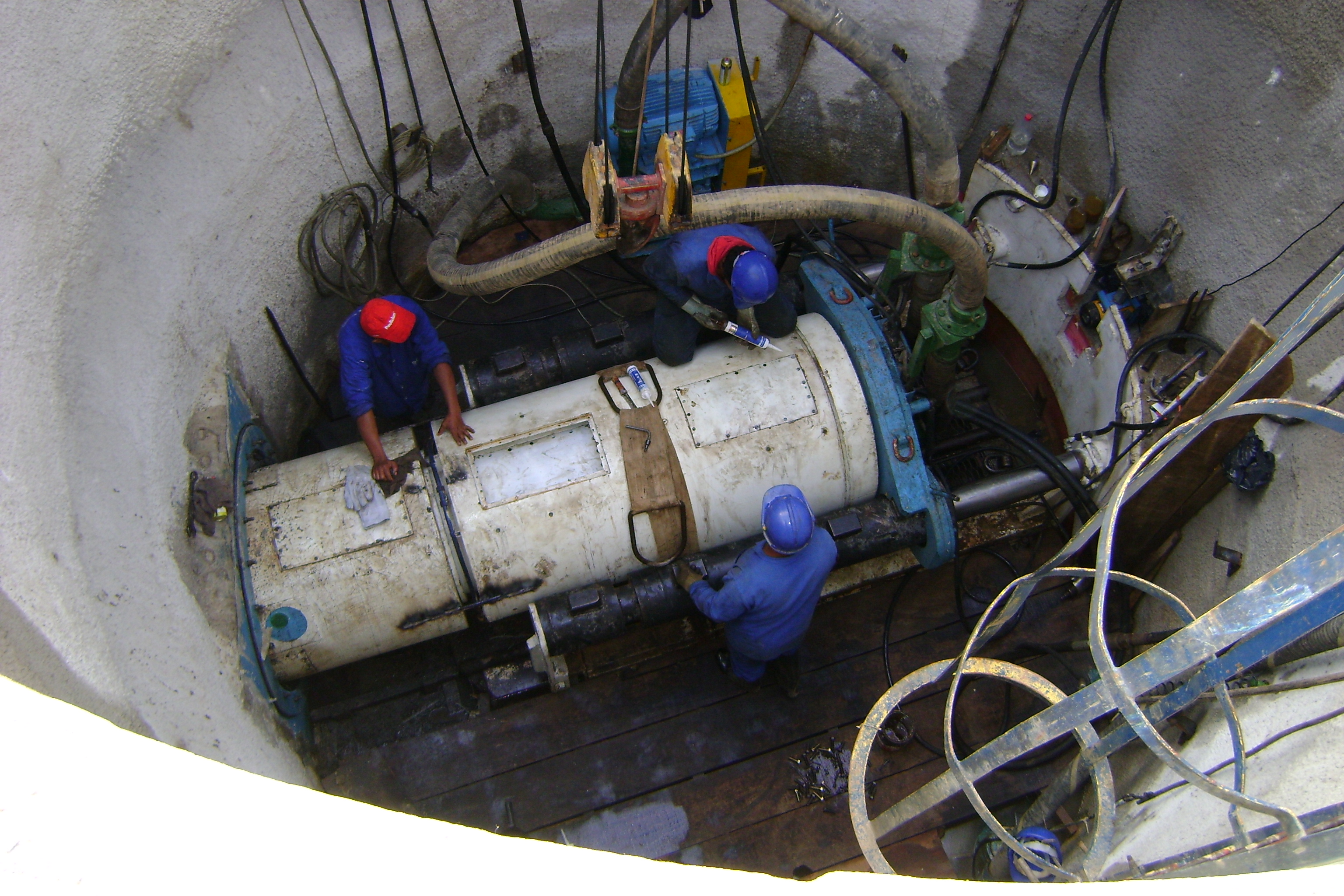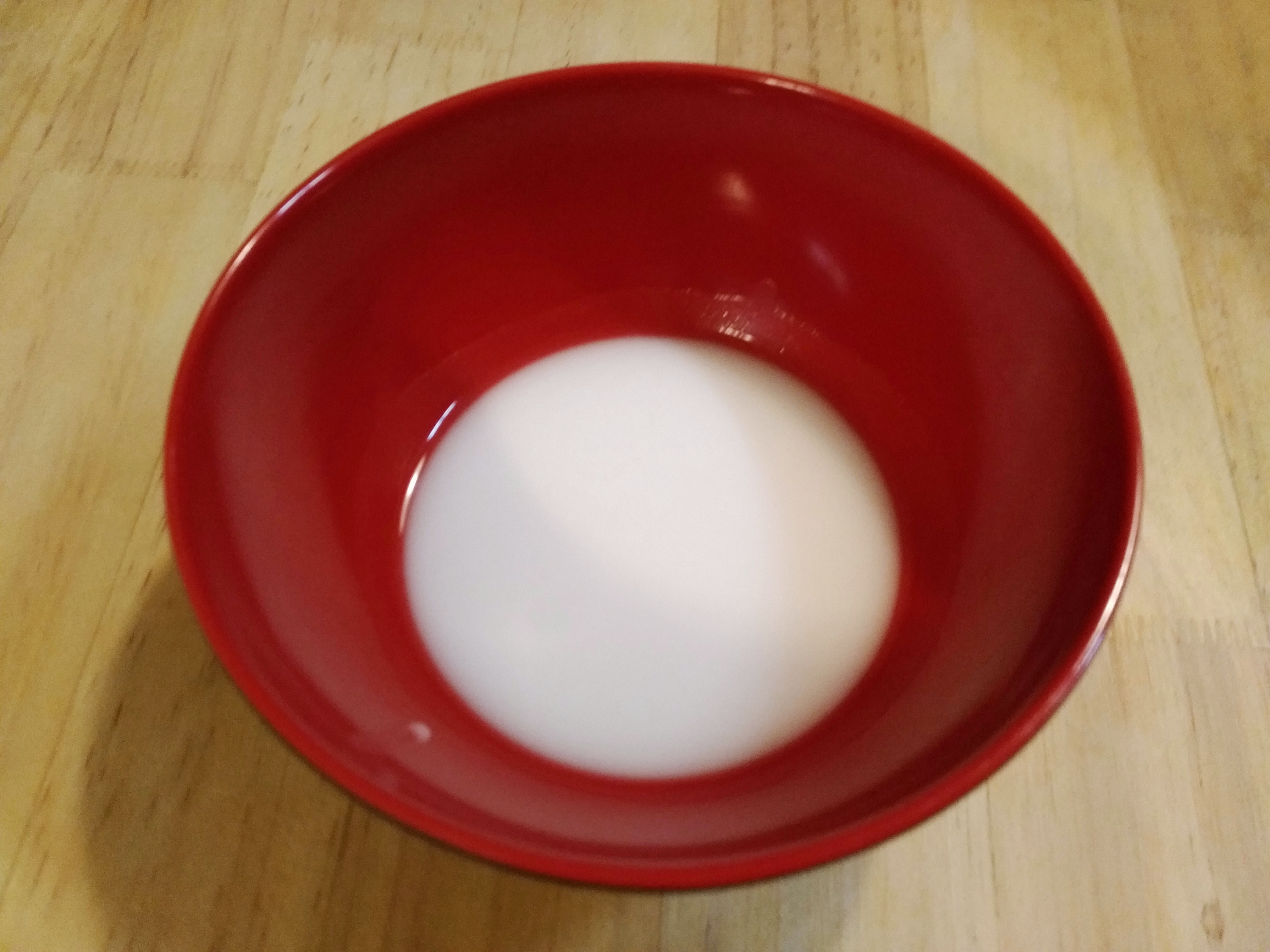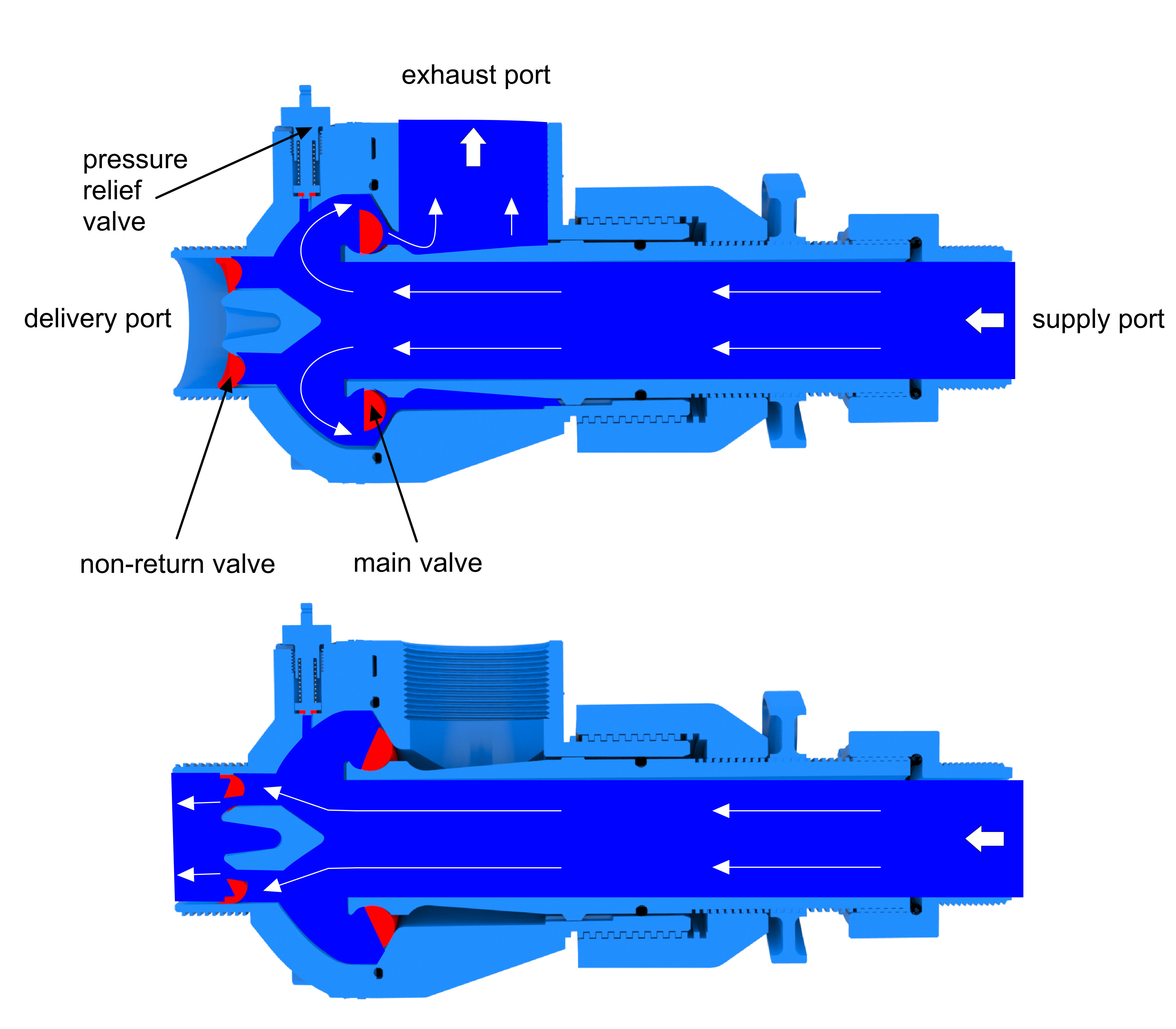 |
Microtunneling
Microtunneling or microtunnelling is a tunnel construction technique used to construct utility tunnels from approximately in diameter. Because of their small diameter, it is not possible to have an operator driving the tunneling machine, so they have to be remotely operated. Microtunnel boring machines (MTBM) are similar to larger tunnel boring machines (TBMs). The MTBM and jacking frame are set up in a shaft at the required depth. The operator monitors the MTBM's location, orientation and hydraulic devices via a computer console, a CCTV camera or Gyro unit. Some systems use video cameras in the jacking shaft and at the separation plant. Gyro Control have generally replaced cameras for location and digital feedback. Operation In most microtunneling operations the machine is launched through an entry eye and pipes are pushed behind the machine. This pipe jacking process is repeated until the MTBM reaches the reception shaft at the far end. The speed of the advancing machine is ... [...More Info...] [...Related Items...] OR: [Wikipedia] [Google] [Baidu] |
|
Trenchless Technology
Trenchless technology is a type of subsurface construction work that requires few trenches or no continuous trenches. It is a rapidly growing sector of the construction and civil engineering industry. It can be defined as "a family of methods, materials, and equipment capable of being used for the installation of new or replacement or rehabilitation of existing underground infrastructure with minimal disruption to surface traffic, business, and other activities." Trenchless & construction Trenchless construction includes such construction methods as tunneling, microtunneling (MTM), horizontal directional drilling (HDD) also known as directional boring, pipe ramming (PR), pipe Jacking, pipe jacking (PJ), moling, horizontal auger boring (earth), boring (HAB) and other methods for the installation of pipelines and cables below the ground with minimal excavation. Large diameter tunnels such as those constructed by a tunnel boring machine (TBM), and drilling and blasting techniques are ... [...More Info...] [...Related Items...] OR: [Wikipedia] [Google] [Baidu] |
|
 |
Utility Tunnel
A utility tunnel, utility corridor, or utilidor is a passage built underground or above ground to carry utility lines such as electricity, steam, water supply pipes, and sewer pipes. Communications utilities like fiber optics, cable television, and telephone cables are also sometimes carried. One may also be referred to as a services tunnel, services trench, services vault, or cable vault. Smaller cable containment is often referred to as a cable duct or underground conduit. Direct-buried cable is a major alternative to ducts or tunnels. Usage Utility tunnels are common in very cold climates where direct burial below the frost line is not feasible (such as in Alaska, where the frost line is often more than below the surface, which is frozen year round). They are also built in places where the water table is too high to bury water and sewer mains, and where utility poles would be too unsightly or pose a danger (like in earthquake prone Tokyo). Tunnels are also built to avoid t ... [...More Info...] [...Related Items...] OR: [Wikipedia] [Google] [Baidu] |
 |
Tunnel Boring Machine
A tunnel boring machine (TBM), also known as a "mole" or a "worm", is a machine used to excavate tunnels. TBMs are an alternative to drilling and blasting methods and "hand mining", allowing more rapid excavation through hard rock, wet or dry soil, or sand (although each requires specialized TBM technologies). TBM-bored tunnel cross-sections extend up to (through June 2023). TBM tunnels are typically circular in cross-section, but may also be square or rectangular, or U- or horseshoe-shaped. Much narrower tunnels are typically bored using trenchless construction methods or horizontal directional drilling rather than by TBMs. TBMs limit disturbance to the surrounding ground and produce a smooth tunnel wall, which reduces the cost of lining the tunnel; it also allows for tunneling in urban areas. Large TBMs are expensive and challenging to construct and transport, fixed costs which become less significant for longer tunnels. Tunneling speeds generally decline as tunnel size in ... [...More Info...] [...Related Items...] OR: [Wikipedia] [Google] [Baidu] |
 |
Pipe Jacking
Pipe ramming (sometimes also called pipe jacking) is a trenchless method for installation of steel pipes and casings. Distances of 30 m (150 feet) or more and over 500 mm (20 inches) in diameter are common, although the method can be used for much longer and larger installations. The method is useful for pipe and casing installations under railway lines and roads, where other trenchless methods could cause subsidence or heaving. The majority of installations are horizontal, although the method can be used for vertical installations. The main differences between pipe ramming and pipe jacking are that pipe ramming uses percussion and does not have a navigation system, while pipe jacking uses hydraulic jacks and does have an active navigation system. Pipe ramming is preferable for shorter distances and applications that do not require tight directional control, such as cable installations. The method uses pneumatic percussive blows to drive the pipe through the ground. The le ... [...More Info...] [...Related Items...] OR: [Wikipedia] [Google] [Baidu] |
 |
Lubricant
A lubricant (sometimes shortened to lube) is a substance that helps to reduce friction between surfaces in mutual contact, which ultimately reduces the heat generated when the surfaces move. It may also have the function of transmitting forces, transporting foreign particles, or heating or cooling the surfaces. The property of reducing friction is known as lubricity. In addition to industrial applications, lubricants are used for many other purposes. Other uses include cooking (oils and fats in use in frying pans and baking to prevent food sticking), to reduce rusting and friction in machinery, through the use of motor oil and Grease (lubricant), grease, bioapplications on humans (e.g., lubricants for Replacement joint, artificial joints), ultrasound examination, medical examination, and sexual intercourse. It is mainly used to reduce friction and to contribute to a better, more efficient functioning of a mechanism. History Lubricants have been in some use for thousands of year ... [...More Info...] [...Related Items...] OR: [Wikipedia] [Google] [Baidu] |
 |
Bentonite
Bentonite ( ) is an Absorption (chemistry), absorbent swelling clay consisting mostly of montmorillonite (a type of smectite) which can either be Na-montmorillonite or Ca-montmorillonite. Na-montmorillonite has a considerably greater swelling capacity than Ca-montmorillonite. Bentonite usually forms from the weathering of volcanic ash in seawater, or by hydrothermal circulation through the porosity of volcanic ash beds, which converts (devitrification) the volcanic glass (obsidian, rhyolite, dacite) present in the ash into clay minerals. In the mineral alteration process, a large fraction (up to 40–50 wt.%) of amorphous silica is dissolution (chemistry), dissolved and leaching (agriculture), leached away, leaving the bentonite deposit in place. Bentonite beds are white or pale blue or green (traces of redox, reduced ) in fresh exposures, turning to a cream color and then yellow, red, or brown (traces of oxidation, oxidized ) as the exposure is weathered further. As a swel ... [...More Info...] [...Related Items...] OR: [Wikipedia] [Google] [Baidu] |
 |
Slurry
A slurry is a mixture of denser solids suspended in liquid, usually water. The most common use of slurry is as a means of transporting solids or separating minerals, the liquid being a carrier that is pumped on a device such as a centrifugal pump. The size of solid particles may vary from 1 micrometre up to hundreds of millimetres. The particles may settle below a certain transport velocity and the mixture can behave like a Newtonian or non-Newtonian fluid. Depending on the mixture, the slurry may be abrasive and/or corrosive. Examples Examples of slurries include: *Cement slurry, a mixture of cement, water, and assorted dry and liquid additives used in the petroleum and other industries *Soil/cement slurry, also called Controlled Low-Strength Material (CLSM), flowable fill, controlled density fill, flowable mortar, plastic soil-cement, K-Krete, and other names *A mixture of thickening agent, oxidizers, and water used to form a gel explosive *A mixture of pyroclastic materi ... [...More Info...] [...Related Items...] OR: [Wikipedia] [Google] [Baidu] |
 |
Hydraulic Rams
A hydraulic ram pump, ram pump, or hydram is a cyclic pump, cyclic water pump powered by hydropower. It takes in water at one "hydraulic head" (pressure) and flow rate, and outputs water at a higher hydraulic head and lower flow rate. The device uses the water hammer effect to develop pressure that allows a portion of the input water that powers the pump to be lifted to a point higher than where the water originally started. The hydraulic ram is sometimes used in remote areas, where there is both a source of Low head hydro power, low-head hydropower and a need for pumping water to a destination higher in elevation than the source. In this situation, the ram is often useful, since it requires no outside source of Power (physics), power other than the kinetic energy of flowing water. History In 1772, John Whitehurst of Cheshire, England, invented a manually controlled precursor of the hydraulic ram called the "pulsation engine" and installed the first one at Oulton, Cheshir ... [...More Info...] [...Related Items...] OR: [Wikipedia] [Google] [Baidu] |
 |
Sioux Quartzite
The Sioux Quartzite is a Proterozoic quartzite that is found in the region around the intersection of Minnesota, South Dakota, and Iowa, and correlates with other rock units throughout the Upper Midwest, upper midwestern and Southwestern United States, southwestern United States. It was formed by braided river deposits, and its correlative units are thought to possibly define a large sedimentary wedge that once covered the passive margin on the then-southern side of the North American craton. In human history, it provided the catlinite, or pipestone, that was used by the Plains Indians to carve ceremonial pipes. With the arrival of Europeans, it was heavily quarried for building stone, and was used in many prominent structures in Sioux Falls, South Dakota and shipped to construction sites around the Midwest. Sioux Quartzite has been and continues to be quarried in Jasper, Minnesota at the Jasper Stone Company and Quarry, which itself was posted to the National Register of Historic ... [...More Info...] [...Related Items...] OR: [Wikipedia] [Google] [Baidu] |
|
Spallation
Spallation is a process in which fragments of material (spall) are ejected from a body due to impact or stress. In the context of impact mechanics it describes ejection of material from a target during impact by a projectile. In planetary physics, spallation describes meteoritic impacts on a planetary surface and the effects of stellar winds and cosmic rays on planetary atmospheres and surfaces. In the context of mining or geology, spallation can refer to pieces of rock breaking off a rock face due to the internal stresses in the rock; it commonly occurs on mine shaft walls. In the context of metal oxidation, spallation refers to the breaking off of the oxide layer from a metal. For example, the flaking off of rust from iron. In the context of anthropology, spallation is a process used to make stone tools such as arrowheads by knapping. In nuclear physics, spallation is the process in which a heavy nucleus emits numerous nucleons as a result of being hit by a high-energy ... [...More Info...] [...Related Items...] OR: [Wikipedia] [Google] [Baidu] |
|
 |
Directional Boring
Directional boring, also referred to as horizontal directional drilling (HDD), is a minimal impact trenchless method of installing underground utilities such as pipe, conduit, or cables in a relatively shallow arc or radius along a prescribed underground path using a surface-launched drilling rig. Directional boring offers significant environmental advantages over traditional cut and cover pipeline/utility installations. The technique is routinely used when conventional trenching or excavating is not practical or when minimal surface disturbance is required. Although often used interchangeably, the terms directional boring and horizontal directional drilling are distinct in that they convey a different sense of scale. The term "directional boring" or "bore" is generally reserved for mini/small sized drilling rigs, small diameter bores, and crossing lengths in terms of hundreds of feet. Generally, the term Horizontal Directional Drilling (HDD) is intended to describe large/maxi si ... [...More Info...] [...Related Items...] OR: [Wikipedia] [Google] [Baidu] |